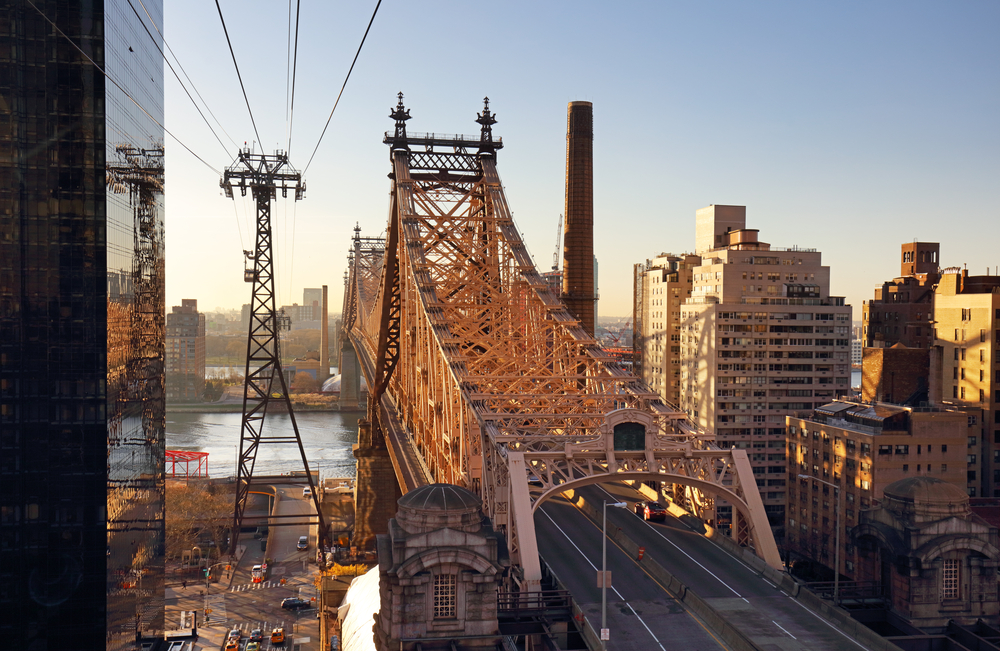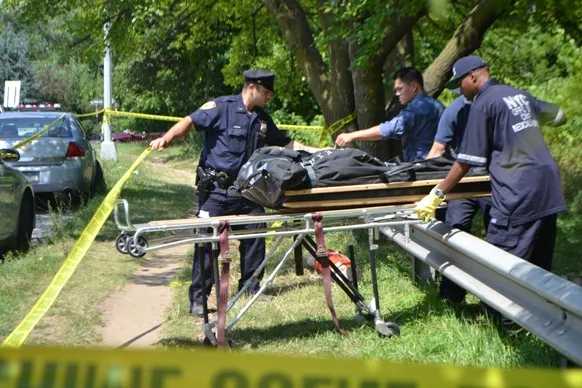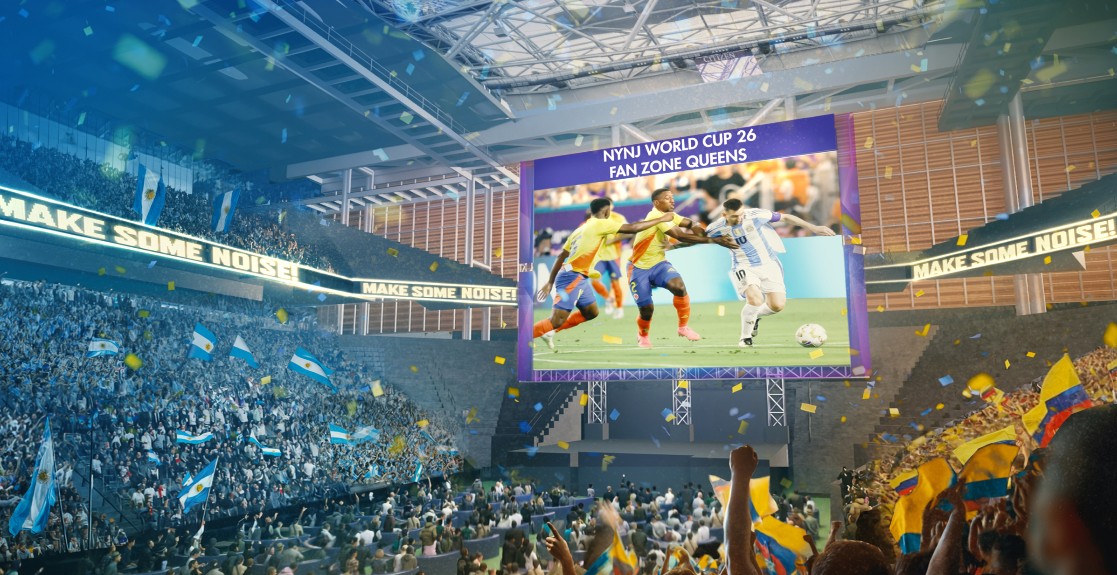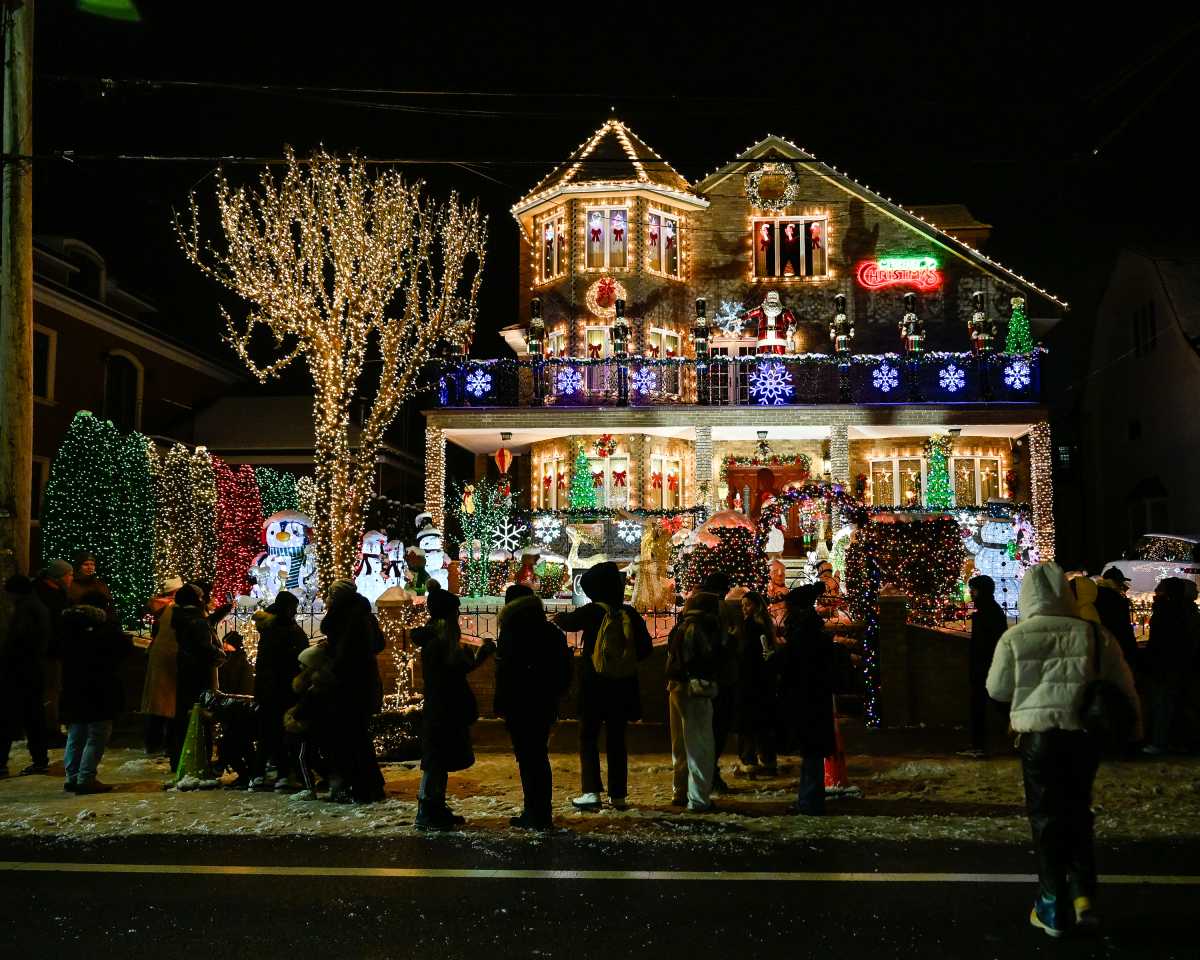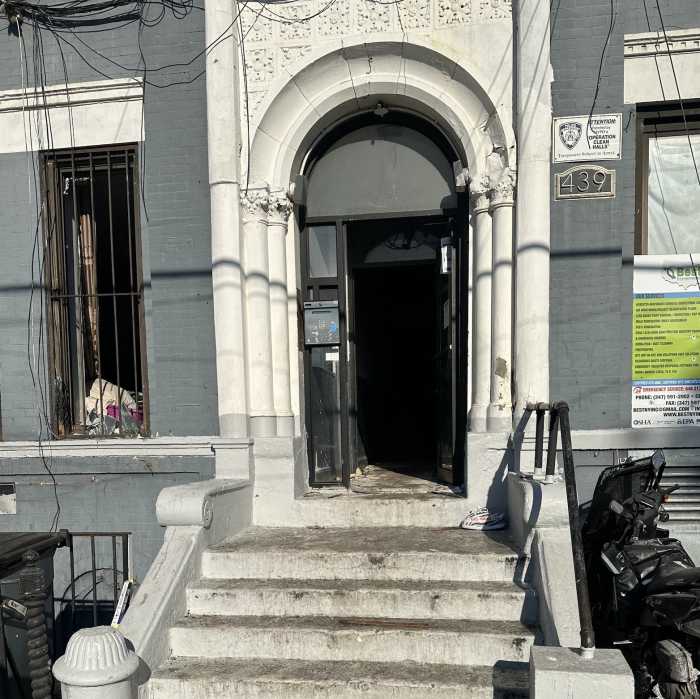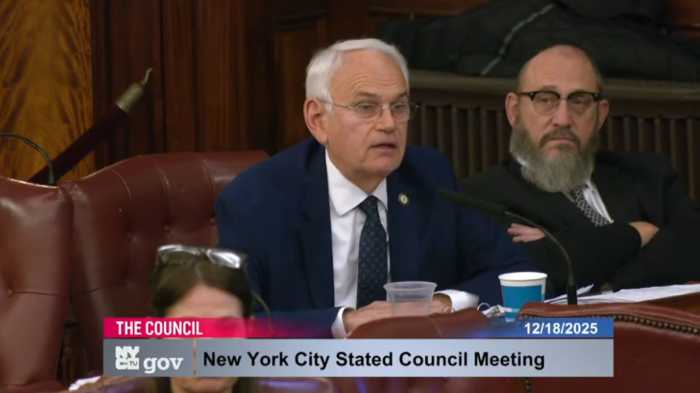The MTA Board on Monday approved the new, reduced congestion pricing program, setting up the hotly anticipated start of tolling for cars and trucks driving into Manhattan below 60th Street in the new year.
The transit agency’s new congestion pricing plan will start at a $9 base toll just after midnight on Sunday, Jan. 5, with a “phased-in” approach creeping up to the originally-approved $15 rate by 2031.
Every aspect of the program has been reduced by 40%, including truck tolls, discounts for overnight trips, per-ride surcharges in taxis, Ubers, and Lyfts, and crossing credits on already-tolled bridges and tunnels into the central business district.
Drivers with qualifying disabilities are still eligible for an exemption, while low-income drivers are eligible for half-off tolls after ten peak-period trips in a given month. Rates are higher when tolls are paid by mail instead of E-Z Pass, with the base toll set at $13.50. Charges can also be upped by 25% on “Gridlock Alert” days issued by the city.
The Board voted 12-1 to restart the process; only Nassau County rep David Mack dissented.
The toll is expected to reduce car traffic in Manhattan’s central business district by 13%, down from the 17% forecasted at the $15 level but still beyond the 10% set out in the environmental review.
“You can’t fit any more cars on the streets…we have a limited amount of room in the central business district,” said MTA chair and CEO Janno Lieber. “There’s choices: do we choose to prioritize cars, which happen to be not evil, but they are large vehicles mostly occupied by a single person and clog our streets, or do we choose to prioritize buses which carry dozens of people in a single vehicle, and people can now have a commute that’s faster than walking.”
Lesser tolls should not affect bonds: officials

And even with a 40% reduction in annual revenue, officials still expect to be able to use it to underwrite $15 billion in debt from the bond market, funding a laundry list of capital improvements like elevators and other accessibility projects at subway stations, modernizing near-century old subway signals that frequently break, introducing a new generation of railcars, and constructing the Second Avenue Subway extension to East Harlem.
Now, the “request for proposals” will be issued “promptly” for boring new sections of rail tunnel for the Second Avenue Subway between 120th and 125th streets. Work can resume on making 23 more subway stations accessible, the MTA can purchase hundreds of new R211 railcars and zero-emission electric buses, and billions of dollars can flow into re-signaling dozens of miles of track on the A, B, C, D, F, and M lines.
All that’s left before congestion pricing can proceed are steps that, in a previous life, would have been considered mere formalities: the Federal Highway Administration must “re-evaluate” the new toll schedule to ensure it’s in keeping with the program’s environmental review; the feds, state, city, and MTA must sign a document authorizing a “Value Pricing Pilot Program,” revised to reflect the new “phase-in” approved by the Board; and the MTA must undertake a 30-day public education campaign.
All told, officials expect a swift, clean start to the nation’s first congestion pricing scheme by Jan. 5, using the gantry-mounted cameras that have been in place for up to a year.
These days, nothing can be taken for granted with the Central Business District Tolling Program, as congestion pricing is formally known. The MTA fully approved the $15 tolling schedule in March — following an extensive environmental review, toll rate deliberations by an internal tribunal, and opportunities for public comment — and needed only “formalities” before an expected June 30 start date.
But just over three weeks before launch day, Gov. Kathy Hochul announced a “temporary pause” to the program, citing concerns over the affordability of the $15 toll. She faced widespread suspicion that the real reason was to help Democrats regain key suburban swing districts in the House of Representatives — districts where the already unpopular toll was uniquely reviled.
In response, the MTA paused contract rewards on $16.5 billion of work — $15 billion from bonds plus $1.5 billion in matching funds from the feds — and put the future of its ambitious 2020-24 capital program in limbo.
In the interim, the pause was the subject of two separate lawsuits in state court seeking to overturn it, which remain pending; last week, Hochul’s lawyers submitted motions to the court to again delay a formal response to the suits, citing the revived plan.
During the pause, some transit advocates had urged the MTA Board to attempt to out-maneuver Hochul and institute the tolls anyway, and many expected Lieber to resign.
“It’s been quite a ride,” said Sammy Chu, a board member nominated by the governor who voted in favor. “There were lots of calls for rash decisions, hysteria. Throughout it all, this board, the staff especially, remained calm, kept their eyes on the prize, remained deliberate, and here we are, getting it done”
But, after Democrats regained three suburban House seats this month — still not enough for a national Democratic majority — Hochul announced last week New York would be moving forward with the toll after all, at a 40% discounted rate.
Barring another sudden change of heart from Albany, the “formalities” are expected to be as such and the tolls will begin on Jan. 5.
“I think sticking with things can pay off,” Lieber told reporters of what he’s learned during the pause. “I think that’s what the MTA has done.”
But looming over the program is the coming second presidency of Donald Trump, who on the campaign trail promised to “TERMINATE” the tolls in his first week in office. Officials and transit advocates believe once federal approval is sealed and tolling begins, clawing back the program would become much harder, though the White House under Trump could still pursue legal action.
In a statement last week, Trump called congestion pricing “the most regressive tax known to womankind,” but pointedly did not reiterate his intentions to send it the way of the dodo.
Asked about the Trump factor, Lieber said that the agency is “not contingency planning for failure.”
Also still looming over the program is federal litigation filed last year by New Jersey seeking to overturn the program, which Garden State Gov. Phil Murphy said “woefully fails” his state’s commuters. Numerous other lawsuits were mostly dismissed in the Southern District of New York earlier this year, though the New Jersey case remains active in federal court.





